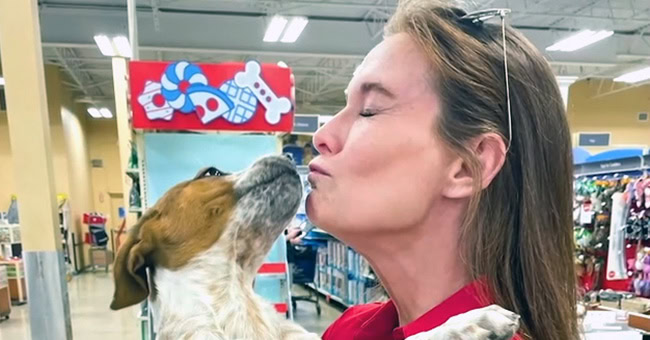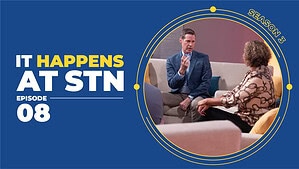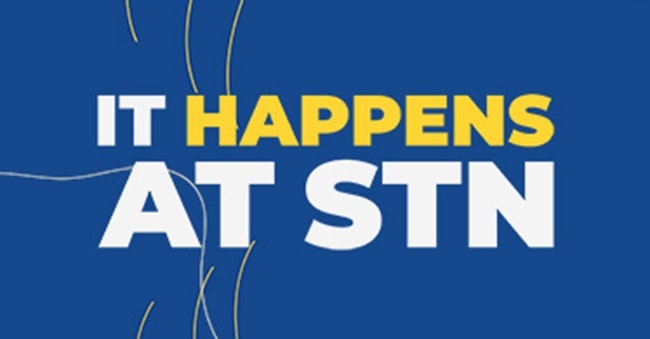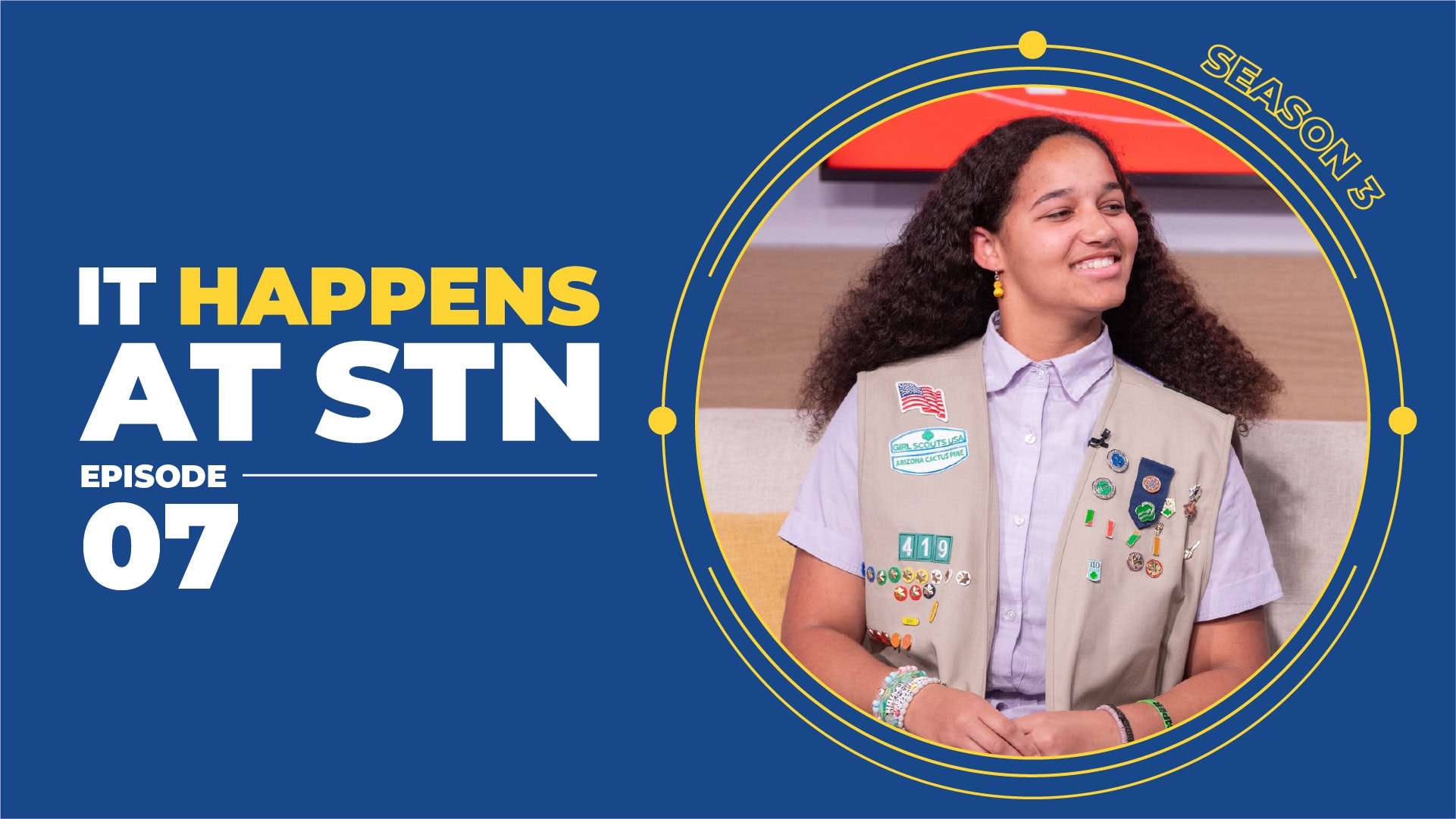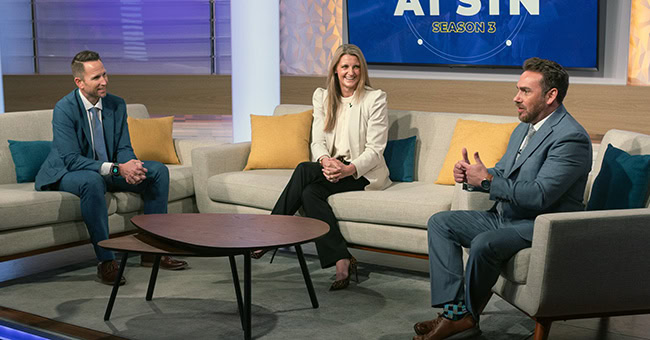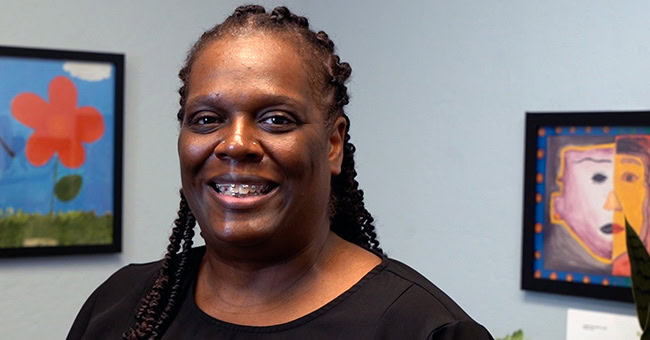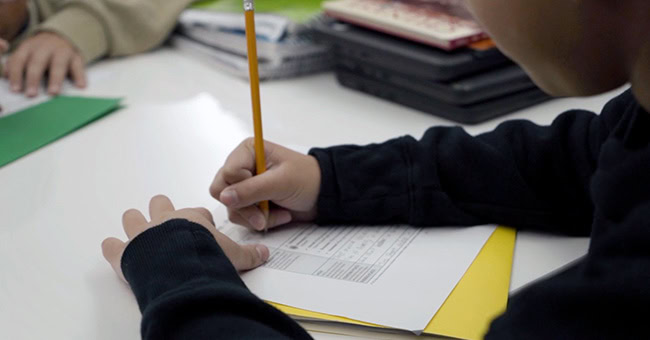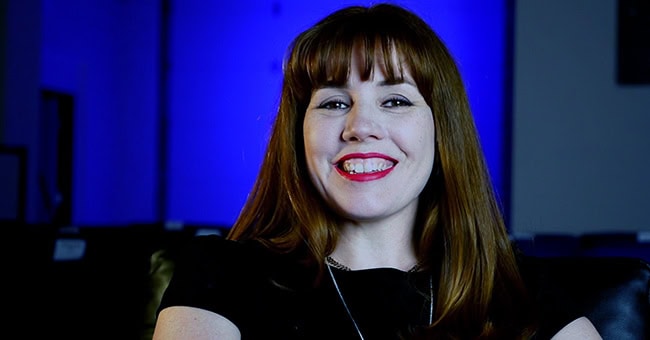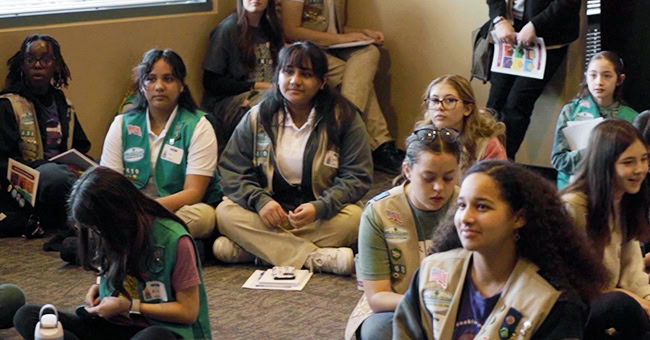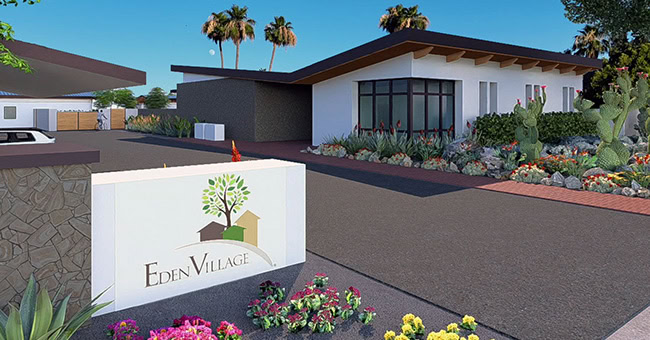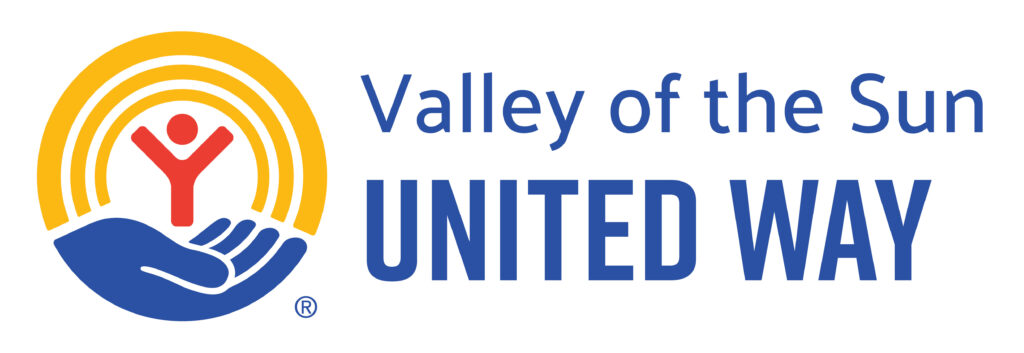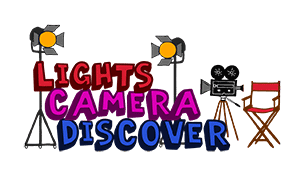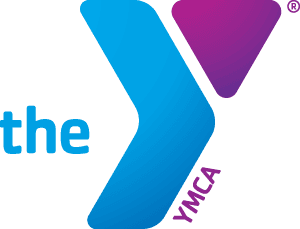PHOENIX (STN) – Aimee Gilbreath has always loved animals. When she was younger, she wanted to be a veterinarian but a well-timed field trip changed her course forever.
After a stint in biotech, a trip through business school, and a consulting gig, she finally found her calling to help animals.
Now, as the president of PetSmart Charities, Gilbreath sits down to talk about how she ended up working for a nonprofit and how she is creating a better community for pets and people.
See the STN interview with Aimee Gilbreath here and read an extended transcript below.
STN:
Let’s just start from the beginning. Let’s get to know you a little bit. Let’s talk about your childhood, what do you remember about growing up?
Aimee Gilbreath:
I was born and raised in Arizona, mostly in Tempe, south Tempe area. My mom was a homemaker for most of my childhood, and so I got to have that very idyllic upbringing. I was the kid that was in love with animals from a very early age, and both of my parents had been raised in the Midwest on farms. My dad in particular indulged my brother and I, so when we wanted pets, we got pets. That looked like having quite the menagerie by the time we were in maybe middle school.
I grew up with dogs, cats, rabbits, snakes, horses. My parents have a story [about] when I was turning 13. They thought a stereo would be a good birthday present and I didn’t want a stereo. I wanted a goat. So I got a goat as my 13th birthday present. I trained her to walk on a leash and to do things. Her name was Annabel. And I was that kid always in the backyard, always in the pool, always doing things with the animals. That was my childhood.
STN:
So you’re meant for the role that you’re currently in. What was your career path? Take us down that journey and how you ended up in your current position.
AG:
It completely makes sense now that I would end up in a profession that had to do with animals and how I got here is very circuitous. So, my initial career aspiration, having all the pets at home, was to be a veterinarian. Back then, though, a small-animal veterinarian was not cool. Dogs and cats were not cool. I wanted to do large animals.
My parents were very smart. They sent me for a ride along with our large animal vet when I was in middle school and I quickly came to realize that it was not as romantic as I thought it was. I watched her have to carry heavy things. I watched her get kicked and bitten, and it was hot. So, my veterinary aspirations died that day, before I got too far along.
I still went to school for biology and my first job was actually at Motorola at their research and development site over on Price Road. I did biotech research and development with them for a few years, went to business school, [and] didn’t know what I wanted to be when I grew up. So, I went to a consulting firm and I worked for all kinds of companies that were decidedly not in animal welfare and not nonprofit.
After six years of that, I was ready to leave consulting. I saw a listing for helping a very wealthy gentleman in LA named Gary Michelson start an animal welfare foundation. I left my consulting role to go do that with him. If you want to make your family and friends think you have taken leave of your senses, you leave a partner track job at a big consulting firm to go start an animal welfare nonprofit. That didn’t really make sense to anybody in my life, but I thought it was a great idea.
I did that for 12-and-a-half years and got to build the organization with him from the ground up. [Got to] do all kinds of amazing things. Then [I] got recruited from there to lead PetSmart Charities almost four years ago.
It was a bit of zig and zag from an initial interest in animals to how I finally got to sit in the seat that I sit in now. But it’s all been amazing and worthwhile.
STN:
It is interesting how things work out that way. Everybody knows the brand PetSmart and going and buying the supplies for your pet, but what exactly is PetSmart Charities? What do they do? And, what is your role in all of that?
AG:
PetSmart Charities is a really unique model. Only a couple of nonprofits I’m aware of function like we do.
We are best known for our legacy program: pet adoptions in PetSmart stores. PetSmart’s founders made a decision they never wanted to sell cats and dogs. They instead wanted to host shelters and rescue groups to do adoptions in-store. At the time, that was revolutionary. Being able to provide that space and that in-store support where those groups could interact with the retail pet store traffic made a huge difference. We’ll hit 11 million adoptions facilitated through that program probably this fall.
As time has gone on through the work of PetSmart Charities, and lots of other folks, we’re actually in much better shape with sheltering in this country. There are less animals coming in. There are less animals at risk of euthanasia because they’re in the shelter. So, we have been able to also focus on animals that are at risk largely because they live with a low-income family. We now have programs increasing the affordability and the accessibility of veterinary care, providing pet food resources to families that struggle with food insecurity, [and] providing disaster response resources so that families can evacuate with their pet.
Once a pet is in a home, we want them to stay there. We recognize that families endure hard times, and we don’t think that those times of crisis or financial difficulties should be a reason to separate a family from their pet. We know the pet will do better if it stays with the family it loves, and we know how wonderful pets are for human wellbeing, especially at times of crisis.
STN:
Can you talk about the community aspect of PetSmart Charities, the partners that you do have, and some of the things that you’re looking for in collaboration?
AG:
Collaboration is at the heart of everything that we do at PetSmart Charities. First, our collaboration with PetSmart. They have been incredibly supportive. Most of our funding comes from donations that PetSmart customers choose to make when they check out in the stores. PetSmart customers and that community of people is what allows us to do the work that we do.
That money then goes back out into the community. We have close to 3000 animal welfare partners around the country that come into PetSmart stores and do adoptions. PetSmart has locations within five miles of 70% of the US population. So, if you are trying to get your pets seen, come to a PetSmart store on a Saturday and you are going to have tons of opportunities to recruit adopters, foster volunteers, and donors. PetSmart, of course, loves the traffic and we have people get excited about our mission and donate. So it’s a win for everybody and it’s a very collaborative relationship that we love.
Same thing when we think about community partners in the other parts of our portfolio. We think about how we support pets and families and how we get everyone in a community to think about pets as an inextricable part of the family. Then we design programs and collaborations with that in mind.
STN:
So, whether it’s a community leader, or a nonprofit, or a business executive, people are going to want to speak to you. What’s the best way to go about doing that? What’s the best way to get that one-on-one with Aimee?
AG:
I end up having conversations with folks that originate in so many ways. Sometimes people will write me a message on LinkedIn. Sometimes people will know a friend of a friend who makes an introduction. Sometimes I will meet folks at an event. I’m always happy to have a conversation. It may be that nothing comes of it except a great conversation.
What folks can always count on me for is to be candid. If there’s not a match programmatically or if I don’t see a way for us to work together, I’ll tell you that. I’m also happy to chat because some great collaborations have come from places that I would not have initially expected.
Anybody can come say hi to me anytime. Find me on LinkedIn. Reach out to my email. I am open to all kinds of inbounds.
STN:
What’s your call to action? What do you tell business and nonprofit leaders about how to get involved
AG:
The soapbox that I’m on right now is bigger than animal welfare, and it’s related to poverty and income inequality and what’s going on for a lot of families right now. One of the things that I point out is that the median household income in the United States is right around $70,000. That means half of families in our country live on less than $70,000 a year for their household.
There was something that just came out last week that applied the cost of necessities and then a budget formula that [said] you should spend 50% of your income on necessities, 30% on wants and 20% [on] savings. They did the math and said that in Arizona, for a single person, you should make $97,000 a year to survive comfortably. Half of households are living on less than $70,000, but the math says that a single person should make $97,000.
We are just at this point where families are struggling and they’re struggling even though they’re fully employed and working hard and valued members of our community.
The call to action I have is to think about how are we supporting families to survive and thrive in a really challenging economic environment. That can look like the kinds of programs and services that we provide, but it can look lots of other ways. I think it is incumbent on us as nonprofits to work together. My point of entry is the pet. But if caring about the pet gets someone to come to an event where maybe they can access healthcare services or they can find out about food support or housing support, sometimes people are more likely to come in seeking help for their pet than they are for themselves.
I think there are lots of ways that we can work together and we need to because the challenge is bigger than ever.
STN:
How satisfied are you with working with PetSmart and PetSmart Charities?
AG:
I say all the time, I love my job. I think I have the best job ever, and I think I have the perfect job for me. I get to come in every day and think about how to help pets and families and think about how to take the money that very generous pet lovers donate to use to help other pets and families. What could be better?
It’s a responsibility that I take very seriously. Those folks give a dollar or $2 or $5 or $10 at the checkout, and it’s up to us to make sure that that has an impact. We think all the time about how can we have more innovative programs and how can we be more efficient. How can we stretch these dollars and help people? How can we recruit people outside of animal welfare to the cause? It’s the best job ever. I love it.


